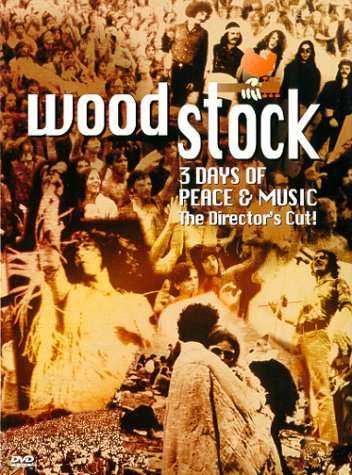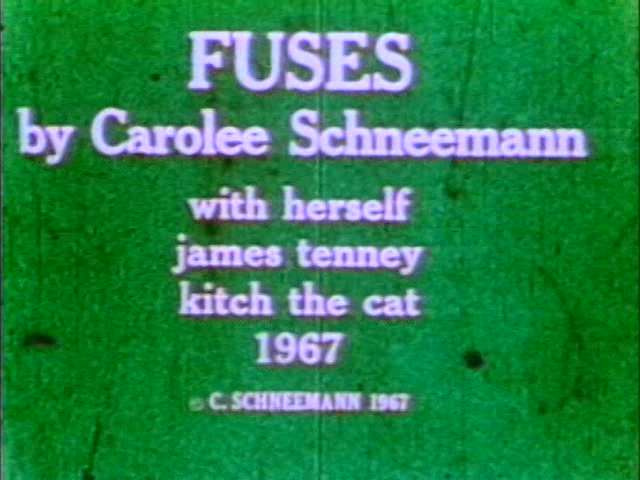B&W, SOUND.
Electronic music by Fred Coulter. With Bob Ohlrich, Pat Myers, Jake Leed, Mary Leed. “… a work of ambition and great technical virtuosity … there is enough going on in AKRAN to command anyone’s attention. And much of that is lovely and wonderfully difficult.” – Greenspun, The New York Times
“AKRAN by Richard Myers was unquestionably the discovery of the year …. It captures in rapid brilliant flashes the fears, the frustrations, the hang-ups, the hopes – the emotional texture of young people today …. It is a fascinating, penetrating film, and introduces Myers as one of the most original and creative independent talents around today.” – Arthur KnightRead More »









